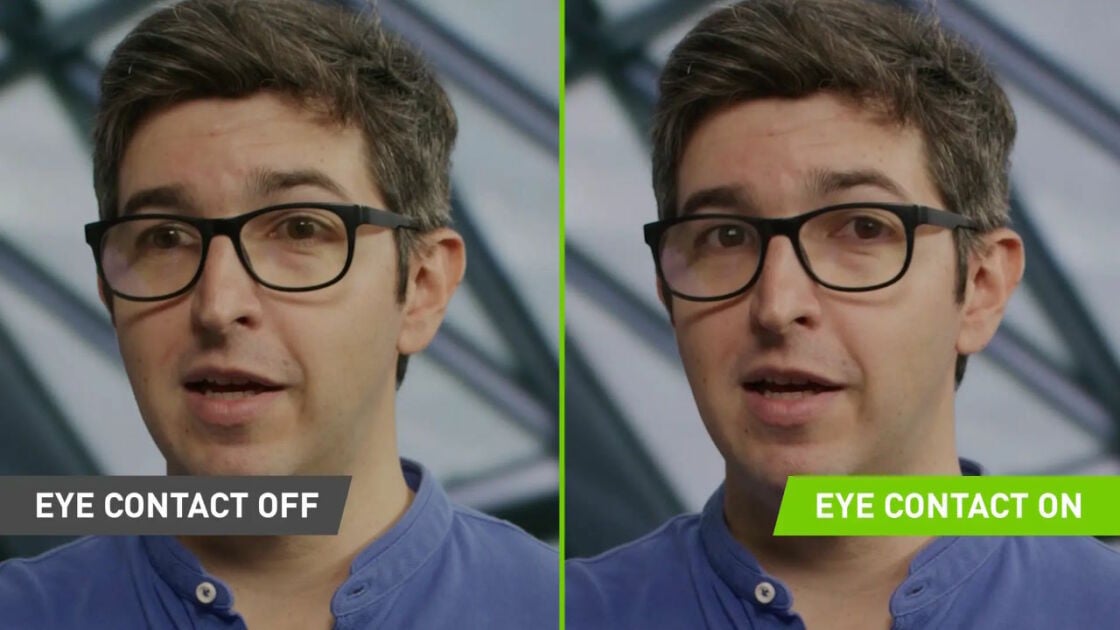Hi All. I work as an in-house videographer in a corporate environment. Recently, I've been trying to inform those around me who write up the script for the partners/managers who are on screen, that something is not right, and I'd love to hear other opinions on this matter, as essentially support me in that my way of thinking is correct (and then I'll shout louder to the script writers!)
I setup a standard interview layout with the talent looking just off camera to deliver their script to a marketing colleague who helped write the script (with the talent). No need to go into details about the kit etc, as this is more about the script.
As the talent is not directly speaking to the camera (or the audience) the script should be written like this in my opinion (let me give random examples):
"People who are looking for a property, really need to consider their finances first..."
"If fitness is important to someone, it's best they get guidance from those who are trained"
"The first thing a client should consider, is whether they feel offended at the situation they've been put in"
This is the same points, but written in a different way:
"If you're looking for a property, you need to consider your finances first..."
"If fitness is important to you, we can guide you to get the best results..."
"The first thing you need to consider, is whether you feel or felt offended at the situation you've been put in..."
The concern I have is trying to convince my colleagues that as the viewer is watching this 'interview' (or conversation) a bit like a fly on the wall, or like the interviewer (who is off screen) is asking on behalf of the viewer, the answers/advise should NOT be "You/your" it should be "They/Them". I mean, I hate the idea or just a false sales pitch in a structured talking heads delivery, but it's even worse if the 'You/Your" term is used. It just feels too false and not authentic.
Not sure if I've explained that correctly (which is probably part of the reason I can't get the message over to my colleagues).
Any confirmations/opinions from people on this?
I setup a standard interview layout with the talent looking just off camera to deliver their script to a marketing colleague who helped write the script (with the talent). No need to go into details about the kit etc, as this is more about the script.
As the talent is not directly speaking to the camera (or the audience) the script should be written like this in my opinion (let me give random examples):
"People who are looking for a property, really need to consider their finances first..."
"If fitness is important to someone, it's best they get guidance from those who are trained"
"The first thing a client should consider, is whether they feel offended at the situation they've been put in"
This is the same points, but written in a different way:
"If you're looking for a property, you need to consider your finances first..."
"If fitness is important to you, we can guide you to get the best results..."
"The first thing you need to consider, is whether you feel or felt offended at the situation you've been put in..."
The concern I have is trying to convince my colleagues that as the viewer is watching this 'interview' (or conversation) a bit like a fly on the wall, or like the interviewer (who is off screen) is asking on behalf of the viewer, the answers/advise should NOT be "You/your" it should be "They/Them". I mean, I hate the idea or just a false sales pitch in a structured talking heads delivery, but it's even worse if the 'You/Your" term is used. It just feels too false and not authentic.
Not sure if I've explained that correctly (which is probably part of the reason I can't get the message over to my colleagues).
Any confirmations/opinions from people on this?




